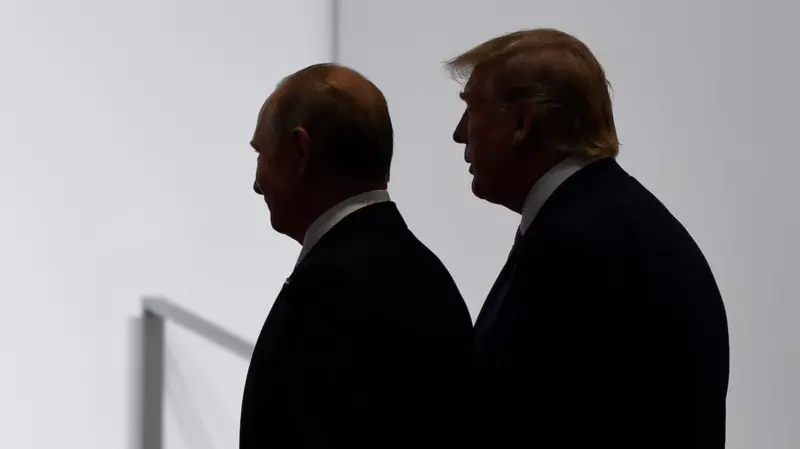Analytics | North America
PART OF THE WORLD
COUNTRY
The leak reveals that the 28-point ‘Trump plan’ is actually Russian proposals that were delivered via Witkoff.
Nov 29, 2025|5 MIN.
On 5 November, elections and referendums were held in eight states around the United States. The elections for mayors, governors and state legislatures have shaped a new political reality for the country. This is preparation for the midterms (intermediate elections), in which one-third of the Senate and the entire House of Representatives will be elected, and which will take place exactly one year from now...
Nov 18, 2025|8 MIN.
The sanctions effectively blocked the companies' ability to operate in international markets. The Treasury Department gave them time to shut down their operations by 21 November 2025. Overall, this threatened the existence of the entire international network of assets of Russian companies.
Nov 11, 2025|5 MIN.
Ukraine will need the United States as an ally in the future. To do so, Ukraine must secure the commitment of American elites. Peter Thiel's influence on American politics is growing. So how can Ukraine turn the billionaire on its side, and is he interested in doing so?
Aug 19, 2025|17 MIN.
On 14 July, during a meeting with NATO Secretary General Mark Rutte in the Oval Office, President Donald Trump confirmed his intention to sell weapons to Ukraine with European funds. He also threatened Putin with sanctions if the Russian president does not end the war within 50 days...
Jul 23, 2025|12 MIN.
Why is this politician, who cultivated a strong relationship with Trump through unceasing flattery and opportunism, advocating for a bill to strengthen sanctions against Moscovia – a move the President does not support?
Jun 14, 2025|8 MIN.
Behind the scenes, there is another process that explains the underlying reasons for the White House's behaviour. This is an attempt to split the revenues from the European energy market with the Kremlin...
May 30, 2025|12 MIN.
Goldman Sachs was chosen as part of the potential ‘Witkoff-Dmitriev pact’ to legalise the weakening of sanctions due to three key factors...
Apr 10, 2025|4 MIN.







